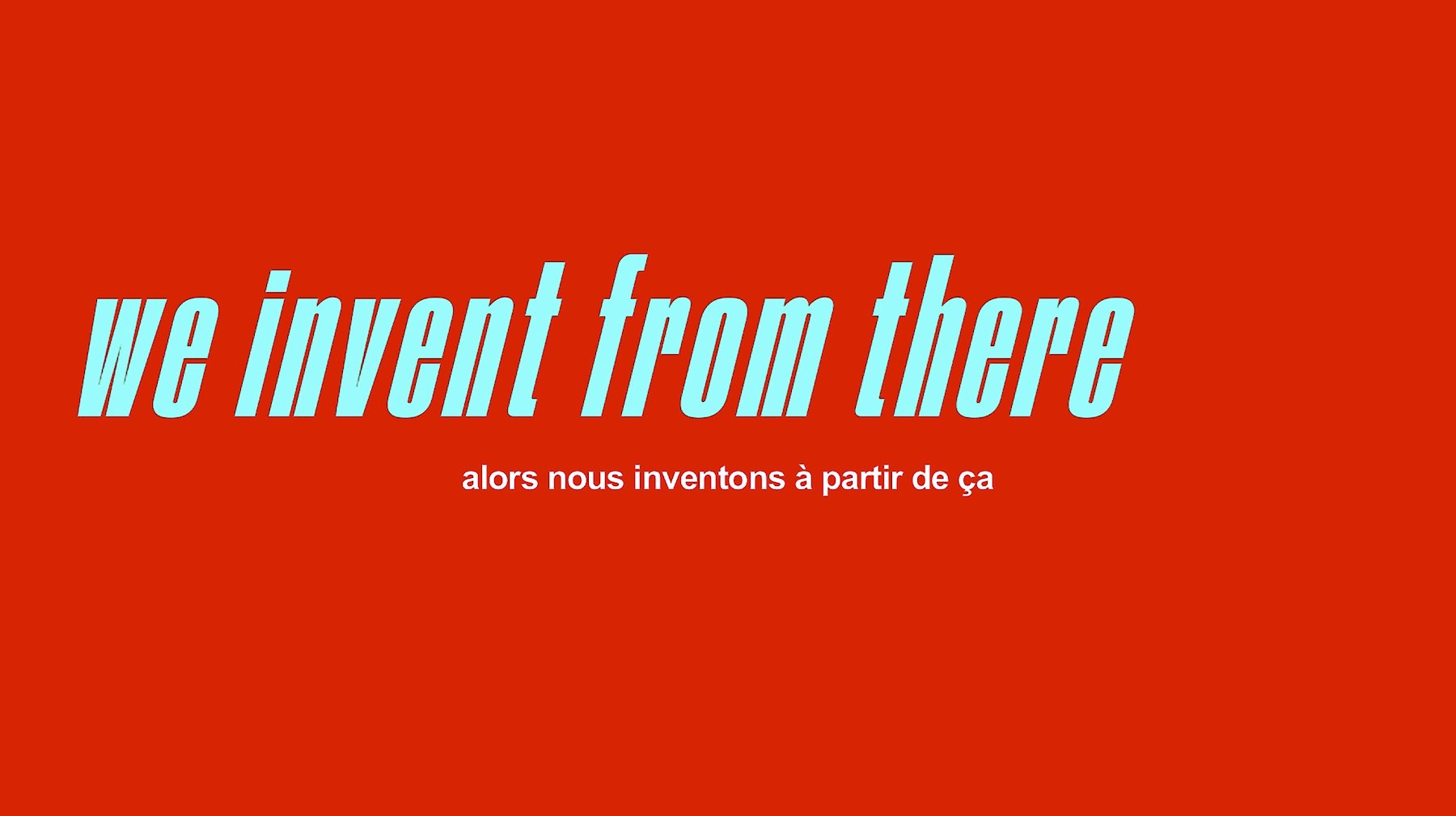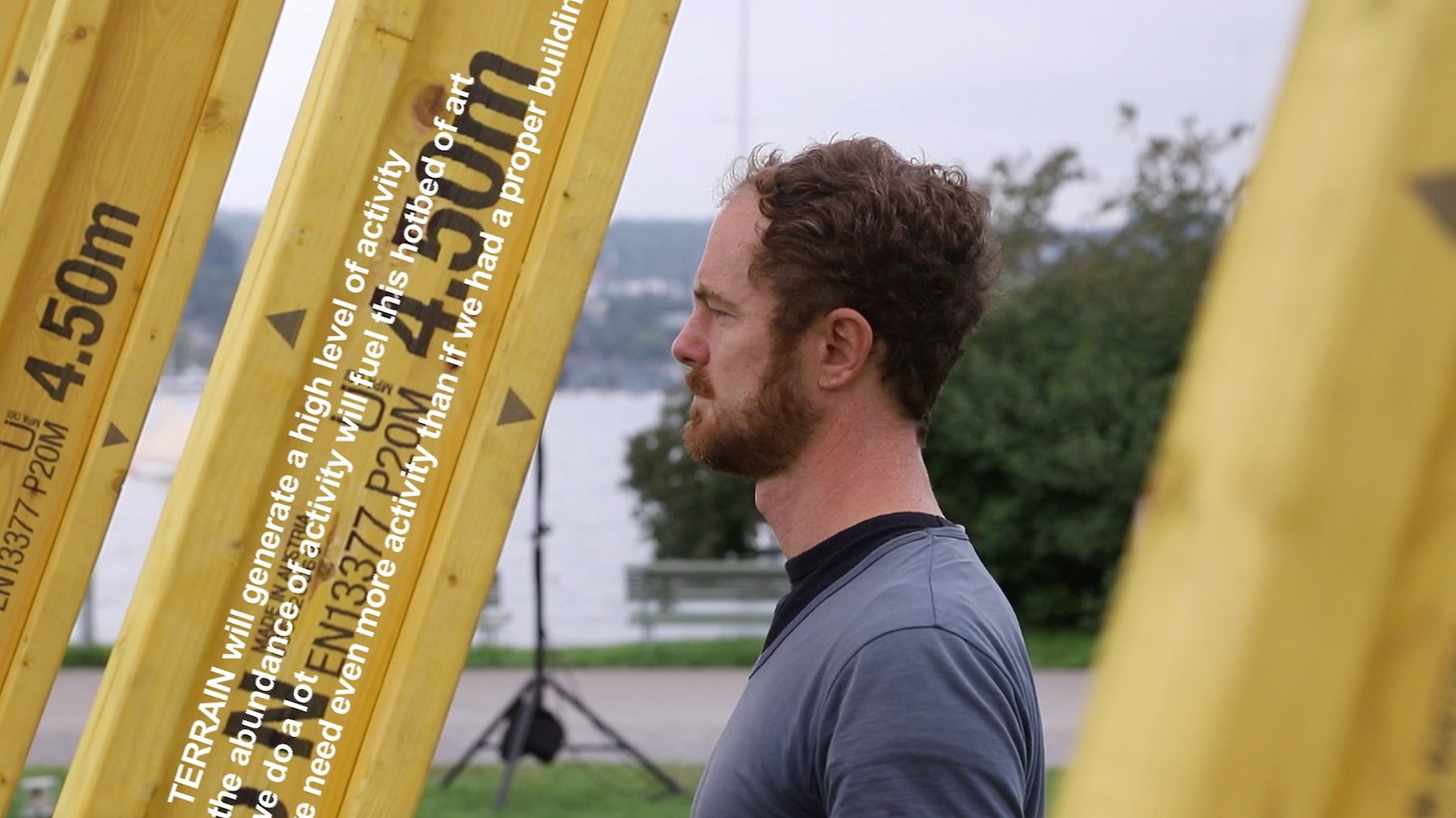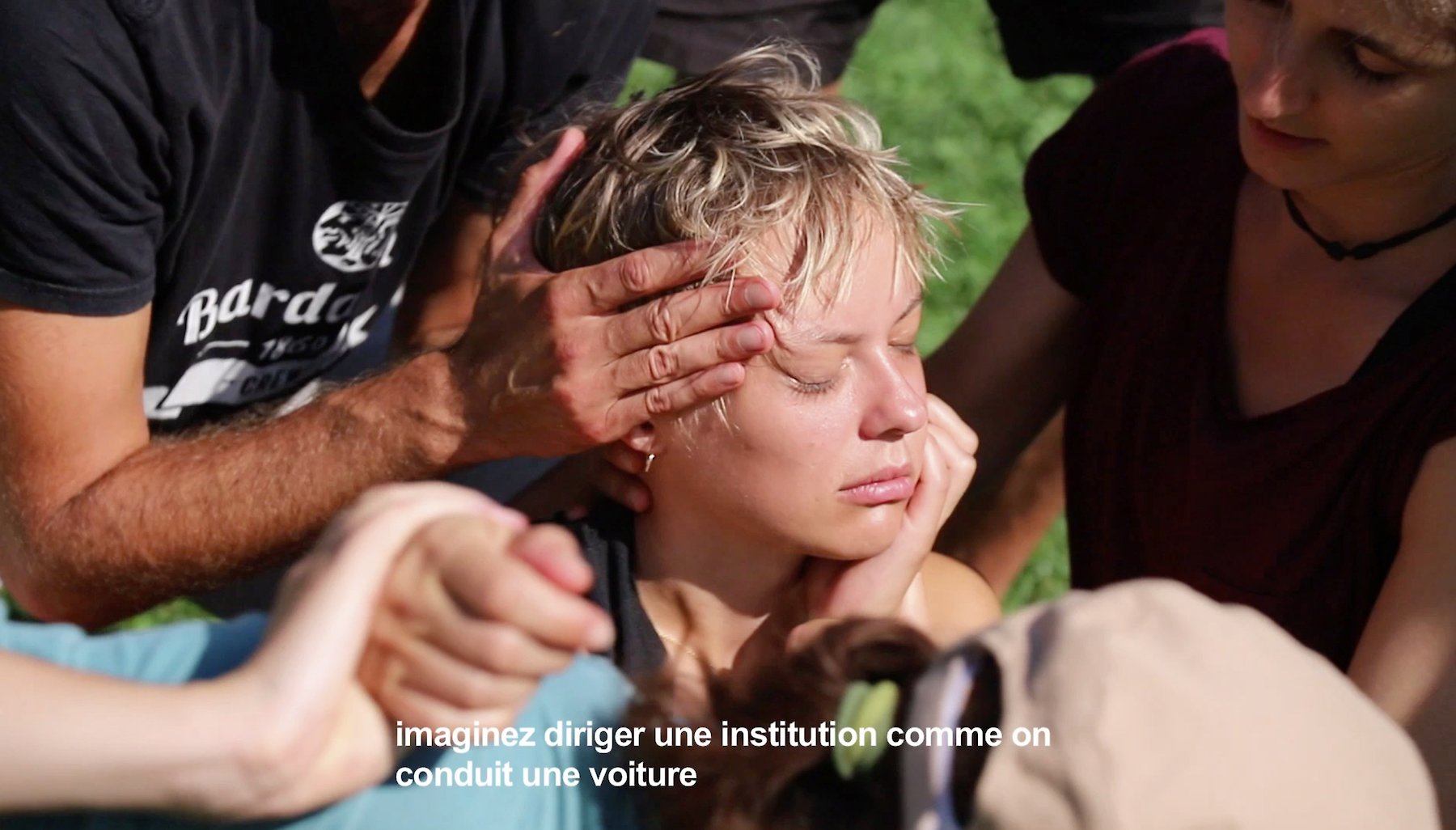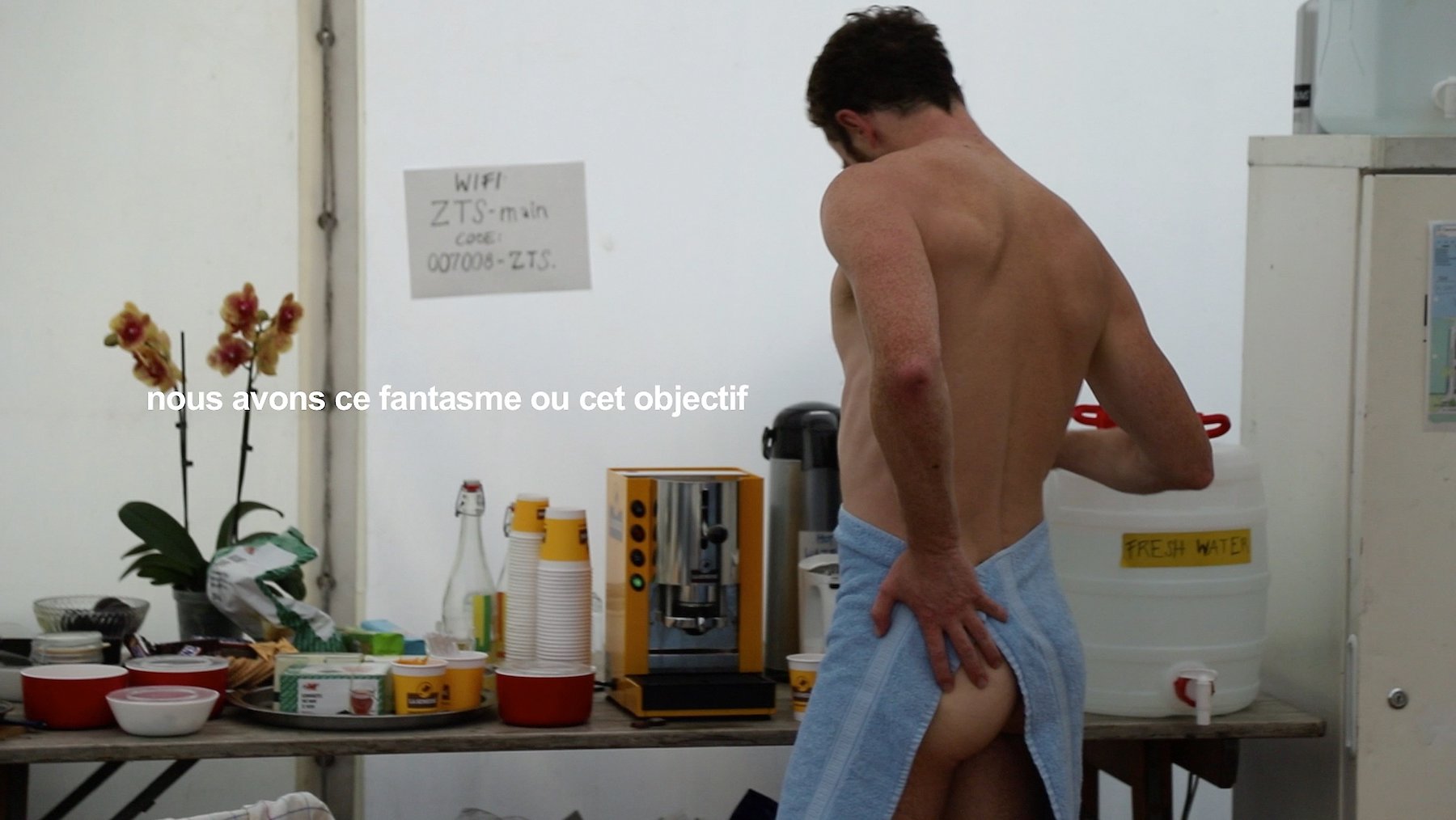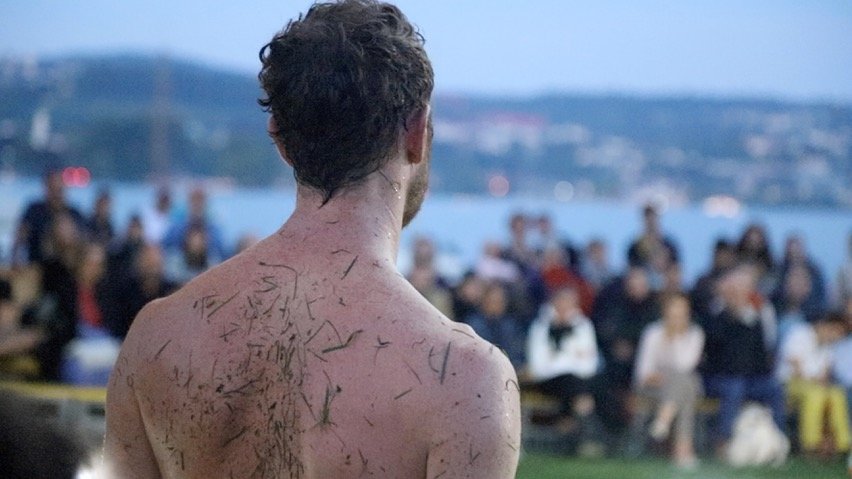Tanzgrund César Vayssié
FR-2020, 40 Min. OmeU
Regie, Kamera, Schnitt
César Vayssié
Ton
GROUPEDEROCK
Produktion
terrain
in Koproduction mit
Théâtre du Châtelet
- English
- Français
As part of the 2019 Spektakel theatre festival in Zurich, choreographer Boris Charmatz tested the reality of the idea of terrain, the shifting concept of a neo-institution, without walls or roof, an urban green space held by the idea of a human architecture investing its surface, its ground, in short its terrain, more or less vacant and open, aiming to convey through dance the questions which transform our times: the ecology of behaviors, the horizontality of organizations, the occupation of public space, the status of art and the strength of the collective through the example of dance. At Boris Charmatz’s invitation, César Vayssié recorded this occupation of the edge of Lake Zurich during three weeks and proposed this manifest of a film, which espouses the turmoil of a shifting project, of a thought advancing through a profusion of gestures.
Dans le cadre du festival Theater Spektakel 2019 à Zürich, le chorégraphe Boris Charmatz a mis à l’épreuve du réel les idées de [terrain], concept mouvant d’une néo-institution, sans murs ni toit, un espace urbain vert tenu par l’idée d’architecture humaine investissant la surface, le sol, le terrain donc, plus ou moins vague et à ciel ouvert, disposé à porter avec la danse les questions qui transforment l’époque : l'écologie des comportements, l'horizontalité des organisations, l'occupation de l'espace publique, le statut de l'art et la force du collectif à travers l'exemple de la danse. A l'invitation de Boris Charmatz, César Vayssié a filmé cette occupation du bord du lac de Zürich pendant trois semaines et propose un film manifeste qui épouse les remous d'un projet en mouvement, une pensée qui avance dans une profusion de gestes.
Director's note
-
:
What could terrain be? What could a movie be? What could a movie about terrain be?
This primordial equation was for me the matrix of a “hack-and-slash” editing, which allowed me to magnify the shared intensity of individuals dancing, learning, watching, to expose the typographic form of ideas as they emerge, and to translate the random punctuations of a human organization in search of itself. Like the project it depicts, the film experiments with its own form. The point was to be inaccurate but precise in order to show the essence of the desire (the need) for dancing, its patrimonial strength, its political potential, and still, despite it all, the simple pleasure of the bodies in our presence.
